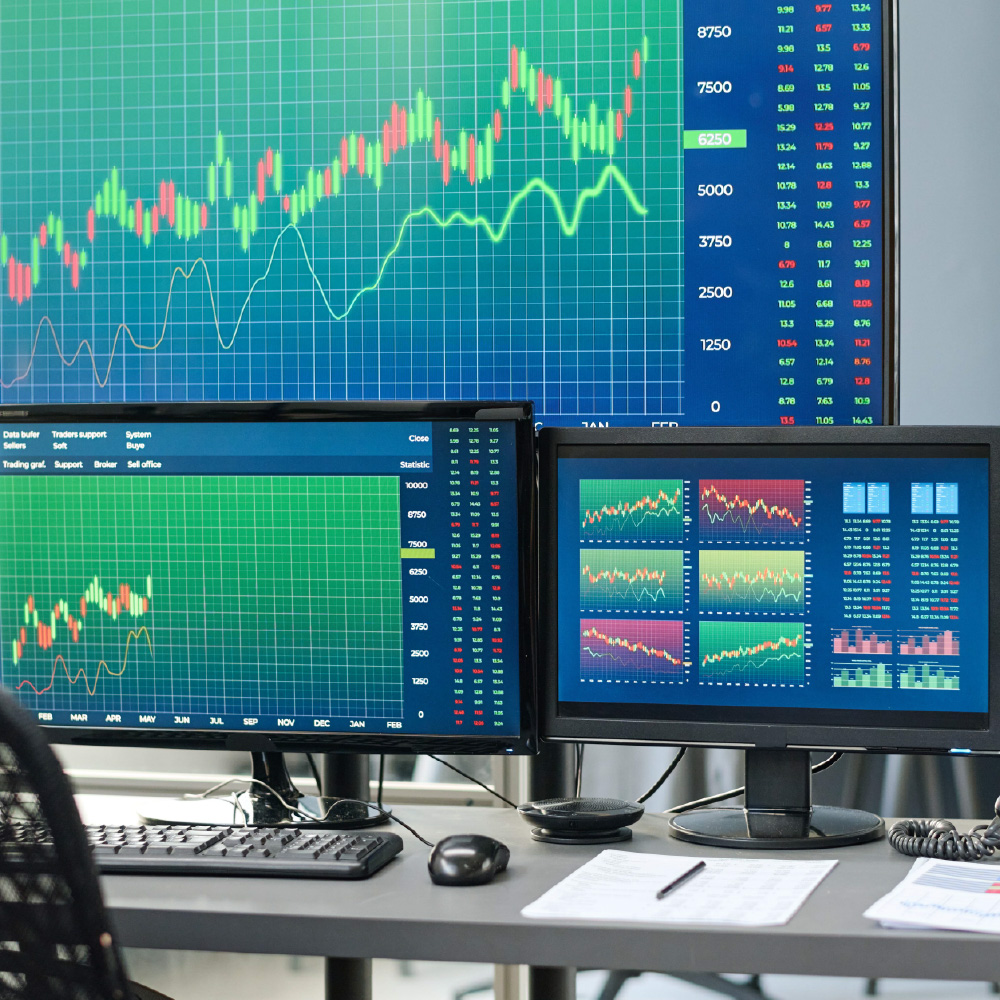
Day trading can be an exhilarating yet challenging venture. While the allure of quick profits draws many to the trading arena, success requires discipline, strategy, and a comprehensive understanding of market dynamics. Here, we delve into proven techniques that can help maximize your profitability in day trading.
Understanding the Basics of Day Trading
Day trading involves buying and selling financial instruments within the same trading day. Unlike long-term investing, day traders close all positions before the market ends, avoiding overnight risks. The fast-paced nature of this activity demands a keen understanding of market trends, robust risk management, and a clear trading plan.
Developing a Solid Trading Strategy
Having a well-thought-out strategy is crucial to success in day trading. Various approaches have proven effective, depending on your trading style and risk tolerance.
Scalping
Scalping is a technique that focuses on making small, frequent profits. Scalpers trade multiple times a day, capitalizing on small price movements. Although each trade yields a minimal profit, the cumulative gains can be significant. This method requires quick decision-making, excellent timing, and low transaction costs.
Momentum Trading
Momentum traders capitalize on solid trends. They identify stocks that are moving significantly in one direction, often driven by news events or earnings reports. The idea is to ride the momentum and exit when signs of reversal appear. Momentum trading demands a sharp eye for spotting emerging trends and a quick exit strategy.
Breakout Trading
Breakout trading involves identifying critical levels of support and resistance. When the price breaks out of these levels, it often continues in that direction. Traders enter positions when a breakout occurs and set stop-loss orders to manage risk. Breakout strategies can be highly profitable, especially when combined with technical indicators like volume analysis.
Mastering Technical Analysis
Day traders rely heavily on technical analysis to predict price movements. Understanding and applying various technical indicators can give you an edge in the market.
Moving Averages
Moving averages smooth out price data to create a trend-following indicator. Simple Moving Averages (SMA) and Exponential Moving Averages (EMA) are commonly used. Traders often look for crossovers (e.g., the 50-day moving average crossing above the 200-day moving average) to signal potential entry or exit points.
Relative Strength Index (RSI)
RSI is a momentum oscillator that measures the speed and change of price movements. It ranges from 0 to 100, with readings above 70 indicating overbought conditions and readings below 30 signaling oversold conditions. Day traders use RSI to determine potential reversals or to confirm trends.
Fibonacci Retracements
Fibonacci retracement levels are used to identify potential reversal levels. Traders apply these levels after a significant price movement, anticipating a retracement to specific Fibonacci levels (23.6%, 38.2%, 50%, and 61.8%). These levels often coincide with support or resistance zones.
Effective Risk Management
Risk management is a non-negotiable aspect of successful day trading. Without it, even the most profitable strategy can lead to substantial losses.
Setting Stop-Loss Orders
Stop-loss orders are pre-set levels where a trade will be automatically closed to prevent further losses. Establishing a stop-loss for every trade helps manage risk and protect your capital. Many traders recommend risking no more than 1-2% of your trading account on a single trade.
Position Sizing
Position sizing refers to determining how much capital to allocate to each trade. Proper position sizing ensures that a string of losing trades will not deplete your account. A common rule is to adjust position sizes based on market volatility, taking more minor positions in highly volatile conditions.
The Risk-Reward Ratio
The risk-reward ratio is a simple calculation that compares the potential profit of a trade to the potential loss. A ratio of 1:3, for example, means you are willing to risk $1 to make $3. Sticking to a favorable risk-reward ratio ensures that even if half of your trades are unsuccessful, you can still achieve overall profitability.
Utilizing Trading Tools and Platforms
Modern trading platforms offer various tools to assist day traders. It is essential to select the right platform and understand how to use its features.
Level II Quotes
Level II quotes provide insight into the order book, showing real-time bids and asking prices along with the depth of the market. This information helps traders gauge market sentiment and potential price movements.
Charting Software
High-quality charting software is crucial for performing technical analysis. Advanced charting tools allow traders to customize indicators, analyze historical price action, and identify patterns.
News Feeds and Alerts
Staying updated with financial news is vital for day traders, as market-moving events can happen at any time. Subscribing to a reliable news feed or setting up alerts for vital economic reports can help you make informed decisions.
Staying Emotionally Disciplined
The psychological aspect of trading can’t be overstated. Emotional discipline separates successful traders from those who fall victim to fear and greed.
Avoid Overtrading
Overtrading is a common pitfall for day traders. It often occurs when traders feel compelled to make up for losses or chase profits. Sticking to your trading plan and avoiding impulsive trades is critical to long-term success.
Take Breaks and Assess
Day trading can be stressful, and taking breaks is essential for maintaining a clear mind. Periodically stepping away from the screen allows you to reassess your strategy and approach the market with a fresh perspective.
Keep a Trading Journal
Maintaining a trading journal helps track your progress and identify areas for improvement. Documenting each trade, including entry and exit points, reasons for taking the trade, and outcomes, provides valuable insights into your performance.
Day trading can be a lucrative endeavor, but it requires a strategic approach, solid risk management, and emotional discipline. By mastering technical analysis, employing effective trading strategies, and using the right tools, you can maximize your profitability and achieve long-term success. Remember, the market is unpredictable, and continuous learning and adaptability are crucial to staying ahead in the game.